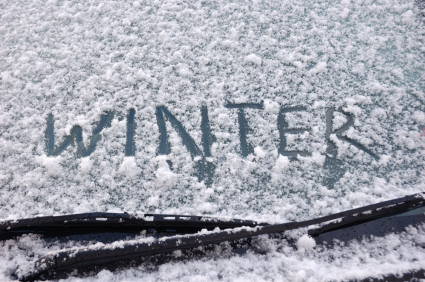| Day | Opening Hours |
|---|---|
| Monday | 8:30am - 6pm |
| Tuesday | 8:30am - 6pm |
| Wednesday | 8:30am - 6pm |
| Thursday | 8:30am - 6pm |
| Friday | 8:30am - 6pm |
| Saturday | 9:00am - 3pm |
During winter months the risks of damage to properties are always higher than they are in warmer and lighter conditions.

During winter months the risks of damage to properties are always higher than they are in warmer and lighter conditions.
Taking this into consideration, the Association of Residential Lettings Agents (ARLA) has compiled a checklist for landlords to use in order to can reduce the associated risks and avoid costly surprises.
Valerie Bannister, President of ARLA, says: “The winter months bring along a whole plethora of problems that unfortunately many landlords do not foresee until it is too late and they have been lumbered with a hefty bill. Maintaining property in the winter is important; not only to reduce the likelihood of damage and unwelcome costs, but also to ensure tenants are provided with good quality accommodation. By undertaking simple property maintenance on a regular basis, risks can be kept to a minimum.”
Here are ARLA's top tips for ensuring your buy to let property survives the winter months:
• Check the pipes – Check all water pipes for cracks, leaks and blockages. Blocked or leaking pipes can freeze, expand and burst
• Check drains and gutters – Make sure your gutters and drains are not blocked. Clean them out; especially if there are trees overhanging your property. Guttering can become heavy with frozen water which can lead to it breaking and falling
• Install and maintain insulation: Ensure lofts are well insulated and draft excluders have been installed in order to maintain a decent temperature inside the property
• Keep tenants informed: Don’t assume that all tenants know how to deal with the cold weather. Simple things such as informing them that they must keep the heating on a low temperature to avoid frozen pipes can save a lot of trouble – but check insurance policies as to whether leaving the heating on leaves you covered. Furthermore, making sure that tenants have all the information they need including things like the location of stopcocks and a basic understanding of how the boiler works is really important
• Ventilation: Condensation can cause damp and mold on walls which not only causes structural damage, but can be detrimental to the health of those living in the property. This can get worse in the winter when windows are kept closed. Remind tenants to maintain air circulation to help reduce condensation
• Plan ahead: If you know that the property is likely to be empty over the winter – perhaps with tenants going away for Christmas – ensure that you’ve planned to visit the property regularly to open windows and check on heating; but make sure your tenants knows you are visiting the property. Fix any problems you’ve been meaning to get around to before the cold weather really sets in – this will help prevent bigger and potentially more expensive issues later on.
Valerie concludes: “It’s also really important that landlords are prepared for the winter weather away from physical maintenance. Having an emergency kit for tenants in properties including a flashlight, as well as instructions and phone numbers for utilities services will help tenants to anticipate any problems before they arise and act to prevent them from developing in to large-scale issues.
Furthermore, it’s important that landlords have read the small print and fully understand the terms of their landlord insurance policies. This is fundamental in understanding what’s covered and what’s not rather than just assuming – for example, some policies state that the landlord is responsible for the side effects of snow and ice removal.”